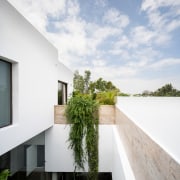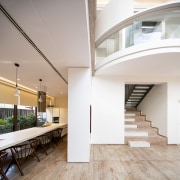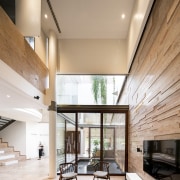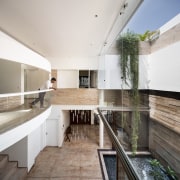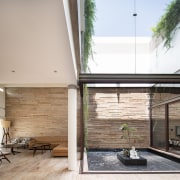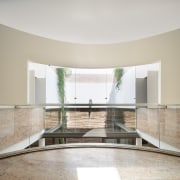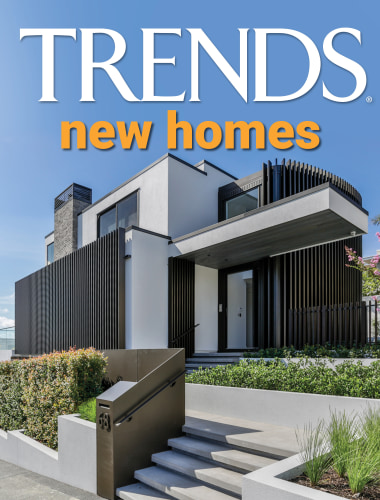Celebrating inner space
A clever architectural design has turned this home inwards to contemplate a central courtyard – the design brings together two families under one roof while maintaining a sense of freedom and a sense of privacy
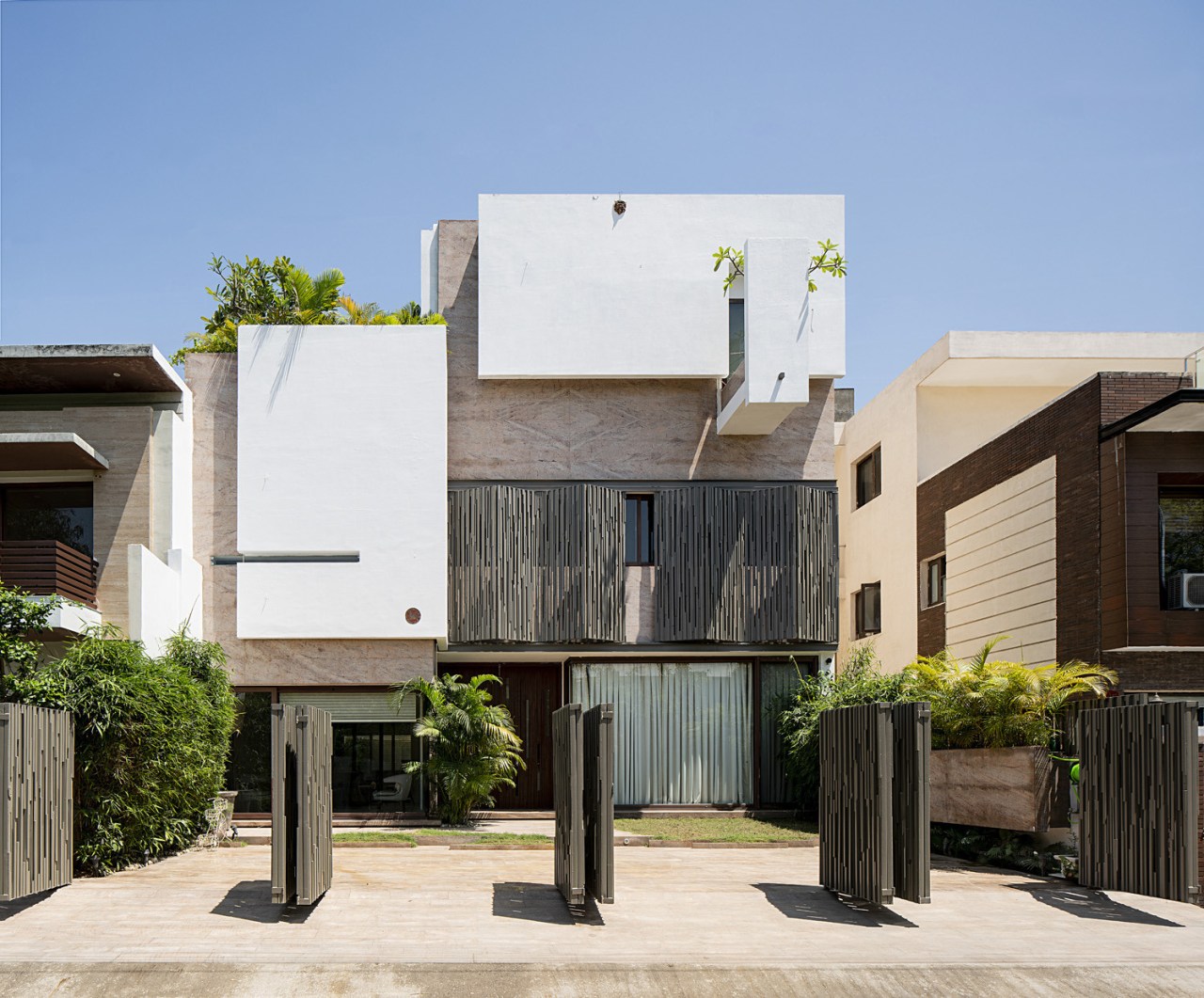
Designed by Charged Voids
Brief
To design a house for a large family of nine people consisting of two couples and five children in their teens. Also an area for domestic help was required.
Concept
The concept of the project evolved from a close analysis of the family setups of large Indian families in the urban context and thus striving for a perfect balance between private and public spaces and also the inter relation between the generations.
Planning
The house is essentially designed around a courtyard with all the public spaces overlooking it. The varied scale of public and private spaces and their different interactions with the exterior was a central idea of the project.
The public spaces have been expanded volumetrically to emphasise their importance as congregation spaces.
The concept of a cross axis has been utilised as well, an approach adopted by the architects for smaller houses.

The vertical axis holds the entrance and is mostly transparent, allowing visual connection within the house up to the backyard. The horizontal axis holds the circulation, with the staircase acting almost as an amphitheatre overlooking the courtyard.
The functions are divided as per floor, ground for public spaces, first for couples and second for children.
Ground floor holds the living spaces, a courtyard with a water body, a guest bedroom, kitchen and dining spaces, central lobby and staircase.
The first floor holds two bedrooms for the couples with their respective toilets and dressing areaas.
These bedrooms overlook the central space with operable shutters almost like ‘jharokhas’ in the ancient Indian ‘Havelis’.
The second floor holds two bedrooms, one for 2 boys and one for 3 girls, each having its own terrace garden.
The idea was to create an almost segregated private zone for the youngsters. Also, the interaction of these rooms to the outdoors is to the terrace gardens instead of opening to the road and views to a school building at the front and houses at the rear.

The area for the domestic help is also on this level with a separate access from a spiral staircase in the rear court.
Another important aspect of the design was to resolve the serious parking issue as almost all house owners on the street own at least 3 cars.
The homeowners have four cars and we didn’t wanted them to clog the street (especially at night) like other owners.
This was resolved by an amorphous boundary with foldable fence elements so that all cars can be parked off road.
Environmental approach
An important strategy was to cut down the thermal intake of the house.
Since the residence is a row house plot, the longer edges are common to neighbouring residences and the shorter edges form the front and rear facades that face west and east respectively.
A custom metal jaali pattern was designed to create diffused light and mitigate the harsh western sun.
The terrace gardens on the second floor add to the roof’s thermal properties – reducing heat gains and keeping the living spaces beneath cool.
At the same time, the central courtyard with a water body allows cool winds to be directed and channeled into the house.
The courtyard facades are designed to avoid allowing direct summer sun to enter into the living spaces at the ground floor while the double height spaces and the stairwell allow stack ventilation for the whole house.
The skylight above the stairwell allows diffused light to enter and accommodates vents to expel hot air. Plus the top floor bedrooms opening into north facing terrace gardens avoid harsh sunlight.
Credit list
Architecture firm
Design team
Structural consultant
Lead architect
3D visualiser
Materials
Home kitchen bathroom commercial design


